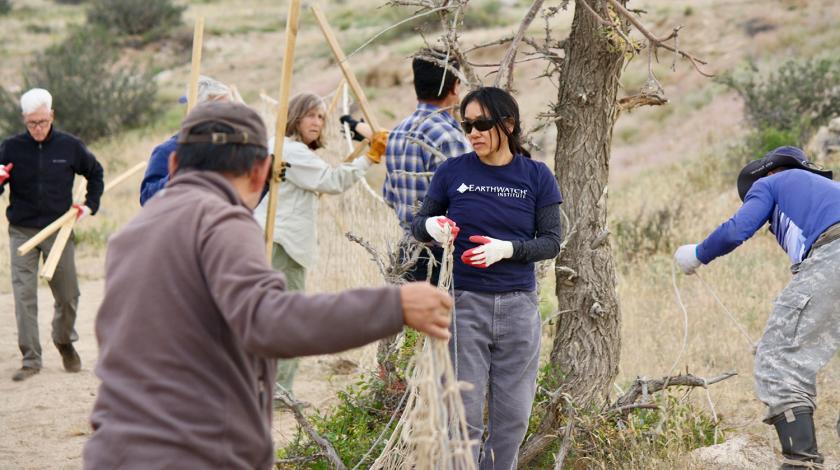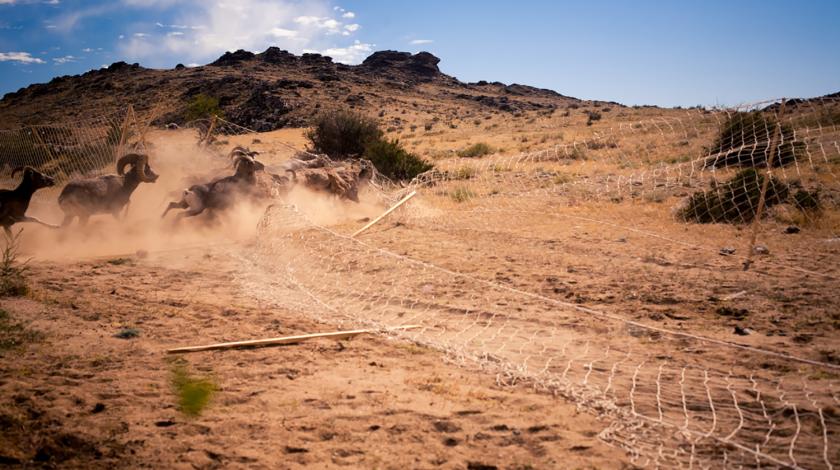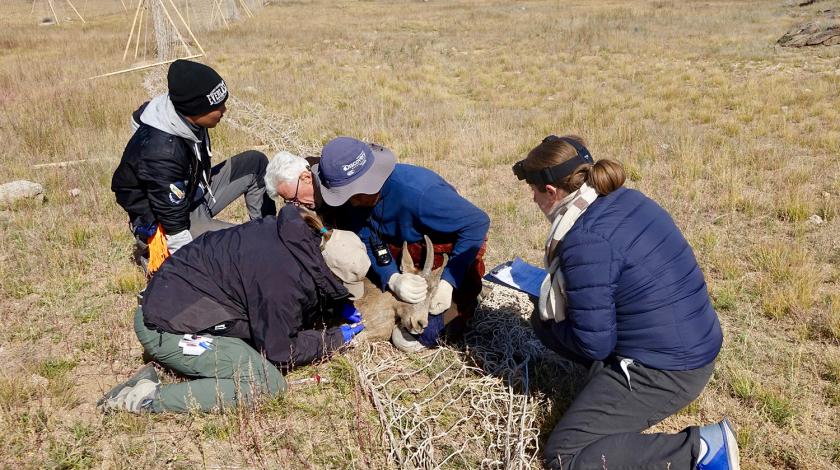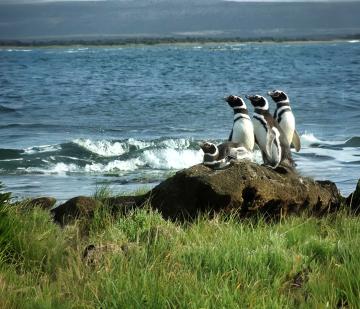BOOK WITH A $500 DEPOSIT
Wildlife of the Mongolian Steppe

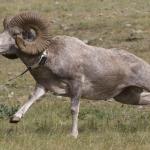

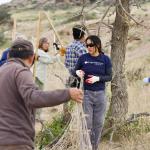
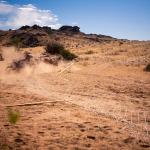

Explore the lives of grassland animals, from the hedgehog to the Siberian ibex, to help conserve their wilderness home.
Mongolia hosts a rich diversity of wildlife, especially compared with other Central Asian nations. Ikh Nart Nature Reserve, with 666 square kilometers (257 square miles) of grassland and arid steppe habitats, provides a protected home for many of its species. But even within the bounds of the reserve, the animals of Ikh Nart face threats from poaching, illegal mining, and overgrazing. Local counties manage protected areas for the Mongolian federal government but lack the resources to provide active stewardship.
This magnificent region of semiarid grasslands and rocky outcrops is one of central Asia's best hopes for wildlife. Argali sheep, Siberian ibex, saker falcon, cinereous vultures, and other animals threatened throughout their range find a stronghold here. Herds of graceful Mongolian gazelles and goitered gazelles roam freely through the reserve. For the past several years, Earthwatch teams have worked to study and conserve the area's wildlife, including the "near-threatened" argali—the largest mountain sheep in the world, with huge, curling horns.
Join this team to explore this wilderness landscape in a way few people get the opportunity to experience. Your work will be used to develop improved conservation management policies in the reserve and help conserve this magnificent landscape and the life that depends on it.
A Typical Itinerary
- Day 1: Meet in Ulaanbaatar and spend the night in the city.
- Day 2: Team breakfast, travel to field site
- Days 3–11:
- All Teams: Hike/drive to survey animals/plants
- Team 2: Tag birds of prey
- Team 4: Capture argali sheep/ibex/gazelles
- Day 12: Travel to Ulaanbaatar
- Day 13: Recreation Day in Ulaanbaatar, including cultural activities, team dinner, and goodbyes.
- Day 14: Departure
.
HOW YOU WILL HELP
.
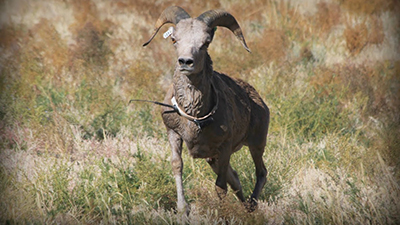
CAPTURE WILDLIFE
You'll put satellite tracking devices on animals that don't yet have them. The September team will help herd argali, ibex, and goitered gazelles into nets, then help collect data on them and safely release them.
HIKE TO SURVEY VEGETATION AND WILDLIFE
Measure and identify small mammals and plants in research sites/plots throughout the reserve. Some groups of volunteers will walk along set paths to spot argali sheep and ibex and then record the animals' behavior and location.

TRACK VULTURES
In the summer, volunteers will look for the nests of these birds of prey, then note their GPS locations, measure the nestlings and wing-tag them in August.
Field conditions and research needs can lead to changes in the itinerary and activities. We appreciate your cooperation and understanding.
.
FEEDBACK & QUESTIONS
6 Reviews on this Expedition
GET EARTHWATCH NEWSLETTER
Bi-weekly announcements, new expeditions, and updates on our impact around the globe.
.
.
.



